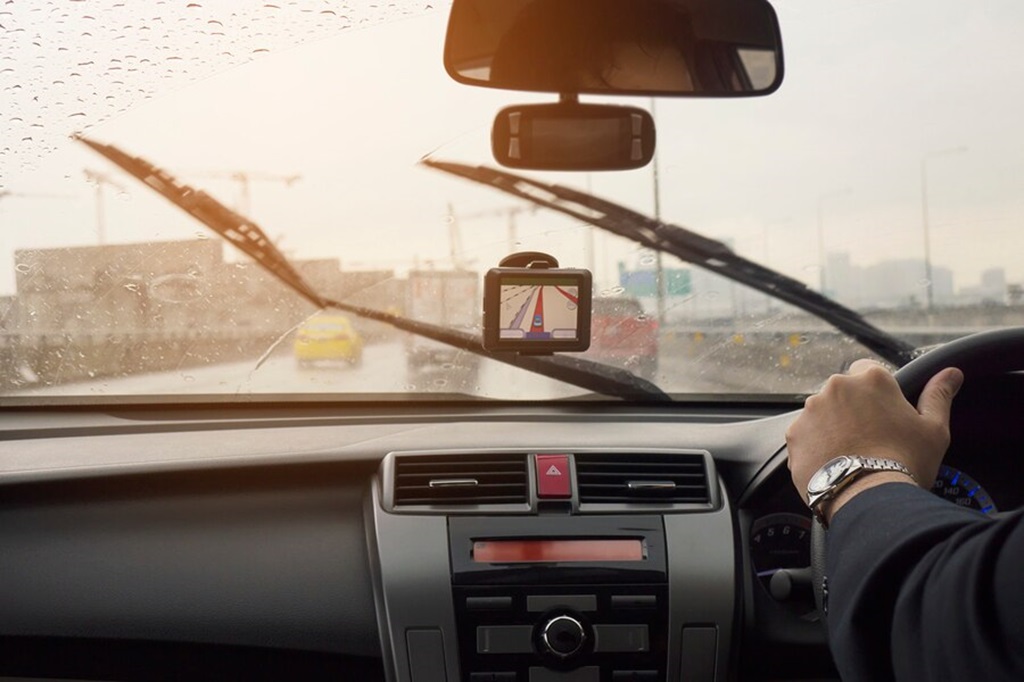Are you staring at an unsightly crack, dent, or scrape on your car’s bumper and wondering what to do? Plastic bumpers are commonplace on modern vehicles due to their lightweight and flexible nature, but they’re also prone to damage from minor fender benders, parking lot mishaps, and even rogue shopping carts.
Before you resign yourself to the expense of a full bumper replacement, consider this: plastic bumper repair is often a viable and cost-effective solution. This comprehensive guide delves into the intricacies of plastic bumper repair, exploring factors influencing cost, weighing the pros and cons, offering real-world reviews, and answering frequently asked questions.
Understanding Plastic Bumper Damage
Plastic bumpers are typically made from thermoplastic polymers like polypropylene (PP) or acrylonitrile butadiene styrene (ABS), chosen for their durability and ability to withstand minor impacts. However, these materials can still be susceptible to:
- Scratches and Scuffs: These are superficial damages affecting the paint’s clear coat and sometimes the base coat.
- Dents and Dings: Minor impacts can cause the bumper to deform, leaving unsightly depressions.
- Cracks and Tears: More severe impacts can lead to cracks or tears in the bumper cover.
- Holes and Punctures: Sharp objects or significant force can puncture the bumper.
The extent and type of damage will significantly influence the repair approach and cost.
Factors Influencing Plastic Bumper Repair Cost
Several factors contribute to the overall cost of plastic bumper repair:
- Severity of Damage: As mentioned earlier, a simple scratch will cost less to repair than a deep crack or a puncture.
- Type of Repair: Different repair methods are employed based on the damage. Minor scratches might only require buffing and repainting, while cracks may necessitate plastic welding or the use of fillers.
- Bumper Material: Some plastics are easier to repair than others. For instance, polypropylene is generally more pliable and easier to work with than ABS.
- Labor Costs: The expertise and experience of the technician play a role in the labor charges. Highly skilled technicians with specialized knowledge in plastic repair may command higher rates.
- Location: Geographic location can influence labor costs and shop overhead, ultimately affecting the final price. Urban areas or regions with a higher cost of living may have higher repair costs.
- Paint Matching: Achieving a seamless paint match is crucial for a professional finish. The complexity of the color and the need for blending can impact the cost.
- Additional Repairs: If underlying components like bumper reinforcements, sensors, or lights are damaged, the repair cost will increase accordingly.
Plastic Bumper Repair Cost Breakdown
While it’s challenging to provide an exact cost without assessing the damage, here’s a general idea of what you might expect:
- Minor Scratches and Scuffs: $100 – $500. This typically involves sanding, buffing, and repainting the affected area.
- Dents and Dings: $200 – $800. Repairing dents might involve heat application, specialized tools to reshape the plastic, and repainting.
- Cracks and Tears: $300 – $1,500. This often requires plastic welding, reinforcement, and meticulous finishing to ensure structural integrity.
- Holes and Punctures: $400 – $2,000 or more. Repairing holes might involve patching, filling, and potentially reshaping the surrounding area.
Remember that these are estimates, and the actual cost can vary significantly. It’s always advisable to get quotes from multiple reputable repair shops to compare prices and services.
DIY vs. Professional Plastic Bumper Repair
Faced with bumper damage, you might be tempted to embark on a DIY repair. While minor scratches and scuffs can be addressed with readily available kits and some elbow grease, more complex repairs are best left to professionals.
DIY Pros:
- Cost Savings: DIY kits are generally inexpensive compared to professional labor costs.
- Sense of Accomplishment: Successfully repairing your bumper yourself can be rewarding.
DIY Cons:
- Limited Expertise: Lack of experience can lead to subpar results or even further damage.
- Time Commitment: DIY repairs can be time-consuming, especially for complex issues.
- Tool and Material Investment: You might need to purchase specialized tools and materials.
- Safety Concerns: Working with chemicals and heat requires caution and proper safety measures.
Professional Repair Pros:
- Expertise and Experience: Professionals possess the skills and knowledge to handle various types of damage.
- Quality Results: They use specialized tools and techniques to achieve a seamless and durable repair.
- Time Savings: Leave the repair to the experts and free up your time.
- Warranty: Reputable shops often offer warranties on their work.
Professional Repair Cons:
- Higher Cost: Professional repairs are generally more expensive than DIY.
- Finding a Trustworthy Shop: It’s essential to research and choose a reputable repair shop.
Ultimately, the decision between DIY and professional repair depends on your budget, skills, time availability, and the extent of the damage.
Pros and Cons of Plastic Bumper Repair
Pros:
- Cost-Effective: Repairing a plastic bumper is often significantly cheaper than replacing it.
- Environmentally Friendly: Repairing instead of replacing reduces waste and conserves resources.
- Maintains Vehicle Value: A well-repaired bumper enhances your car’s appearance and resale value.
- Quick Turnaround: Many repairs can be completed within a day or two.
Cons:
- Not Always Feasible: Severe damage or certain types of plastic might not be repairable.
- Potential for Imperfections: Even with professional repair, there might be slight color variations or texture differences.
- Durability: Repaired areas might be more susceptible to future damage.
Read More Also: What is the Future of the EV Market? Buckle Up for an Electric Ride
Plastic Bumper Repair Reviews
Real-world experiences can offer valuable insights into the effectiveness of plastic bumper repair:
- “I had a deep scratch on my rear bumper. The repair shop did an amazing job! You can’t even tell there was ever any damage.” – John S.
- “I was skeptical about repairing a crack in my bumper, but the results exceeded my expectations. It’s much stronger than I thought it would be.” – Maria G.
- “The paint match was perfect, and the repair was done quickly. I’m very happy with the service.” – David L.
While most reviews are positive, it’s crucial to research and choose a reputable shop with experienced technicians to ensure satisfactory results.
Read More Also: What Are the Current Trends in the Automotive Industry?
FAQs about Plastic Bumper Repair
Q: Can a plastic bumper be repaired if it’s cracked?
A: Yes, in most cases, cracked bumpers can be repaired using techniques like plastic welding. The success of the repair depends on the severity and location of the crack.
Q: Will the repaired area be as strong as the original bumper?
A: A properly executed repair can restore significant strength to the damaged area. However, it might not be as strong as the original, undamaged bumper.
Q: How long does a plastic bumper repair take?
A: The repair time varies depending on the damage’s extent and the chosen repair method. Minor repairs can often be completed within a few hours, while more complex repairs might take a day or two.
Q: Can I wash my car after a plastic bumper repair?
A: It’s generally recommended to wait at least 24-48 hours after the repair before washing your car to allow the paint to fully cure.
Q: Does insurance cover plastic bumper repair?
A: Insurance coverage depends on your policy and the circumstances of the damage. If the damage is caused by a covered incident like a collision, your insurance might cover the repair cost, minus any deductible.
Choosing a Plastic Bumper Repair Shop
Selecting the right repair shop is crucial for a successful and satisfactory experience. Consider these factors:
- Reputation: Look for shops with positive online reviews and testimonials.
- Experience: Choose a shop specializing in plastic bumper repair with experienced technicians.
- Warranty: Inquire about warranties offered on repairs.
- Cost: Get quotes from multiple shops to compare prices.
- Customer Service: Choose a shop with friendly and helpful staff who can answer your questions.
Conclusion
Plastic bumper repair is a viable and often cost-effective solution for addressing various types of damage. By understanding the factors influencing cost, weighing the pros and cons, and choosing a reputable repair shop, you can restore your car’s appearance and maintain its value. Remember to research and ask questions to make informed decisions throughout the repair process.






